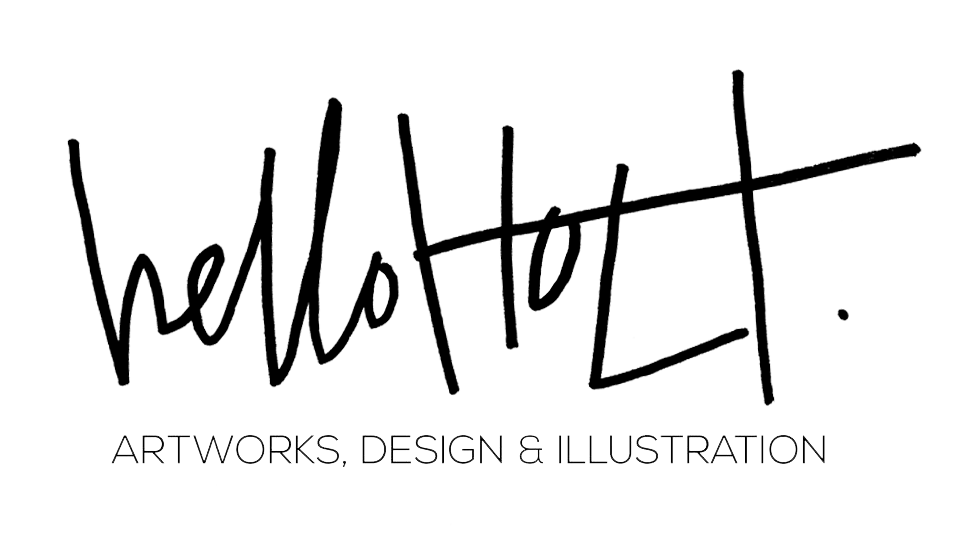The recipe is…..there really is no recipe! Instead, there are a few tips that might help you narrow down your choice.
- DON’T BE AFRAID TO ADMIT YOU’RE NOT UP WITH ALL THE ART VOCAB!
The world of art is (sadly) not one we’re all familiar with. Art really has a language of it’s own, so just describing the kind of art you like can be tough. My advice….start with the basics:
Do you like abstract (art that doesn’t really look like anything realistic), semi-abstract (where you can identify a few realistic elements), or realism (where the subject looks pretty much like the real thing)?
There are other art styles, but if this is all totally new to you, these three are a great start.
- FIND SOMETHING YOU LIKE, AND TAKE PHOTO OF IT (IF IT WON’T GET YOU INTO TROUBLE)!
Art is literally everywhere in our world. Just take a look around furniture stores, bars, laneways, hotel lobbies, magazines, and all over the internet. If you see something you like, take a picture of it (even a mental one if a happy snap is inappropriate!). Having a few images of artwork that resonates with you will help guide the next steps.
Once you have a little collection of images you like, you will hopefully see some kind of pattern emerging, or some commonality. Is it the colours you like? Are they mostly black and white, for example. Do the artworks all share bold lines and patterns? Or maybe all your faves are portraits. There are endless possibilities.
If you’re working with an artist on a commissioned work (a custom made piece), having an idea of what artwork resonates with you can really kickstart the creation of your own masterpiece.
- THINK ABOUT WHY YOU’RE BUYING THE ARTWORK?
Maybe you’re buying an artwork to mark a special occasion, like a wedding or the purchase of a new home. Choose an artwork that makes you feel something, remember something…an artwork you feel a connection with. Art really is a way to express yourself, so be courageous and choose a real talking point.
If the art purchase is to add the final touch to a room, consider the size and colour of the wall. As a guide, an artwork should be the focal point from the entry to the room. Size alone adds to the impact of the artwork. I always recommend that my clients choose an artwork larger in size than they originally considered. A little added bonus of one large artwork in a small room is that it creates an illusion that the room is bigger.
If you have trouble visualising the artwork in the space and deciding on size, grab some masking tape and mark the corners where the artwork would sit. Play with a few options….this is the fun part!
- GET TO KNOW YOUR ARTIST
Having a connection to the artist will add to the connection with the artwork. This doesn’t have to mean catching up for coffee, but I always recommend buyers do a little homework. Maybe the artist’s backstory will really resonate with you, or the story behind the artwork leaves a lasting impression. Or…maybe knowing a little more about the artist’s profile will give you confidence in their credibility – after all, art is an investment!
I love to meet my clients. I want to hear why my artwork resonates, or for commissioned works, I want to be the bridge between the artwork and art lover. The process of creating the perfect piece is one that takes time, and in most cases for commissioned works, quite a few conversations to tease out exactly what needs to land on that canvas.
- ENJOY THE PROCESS
What more can I say?! Happy walls = happy people, so GET A HOLT. ON YOUR WALL!
